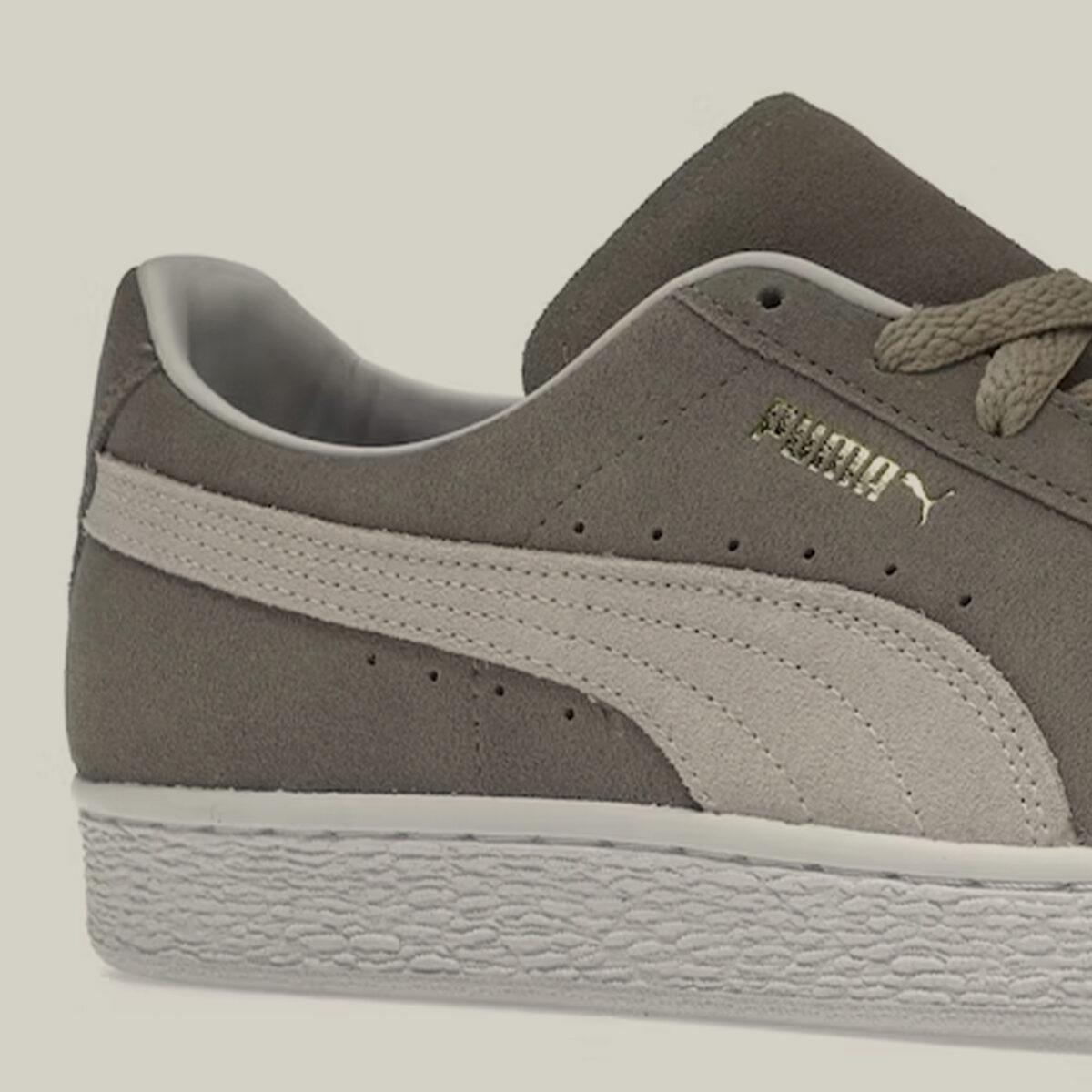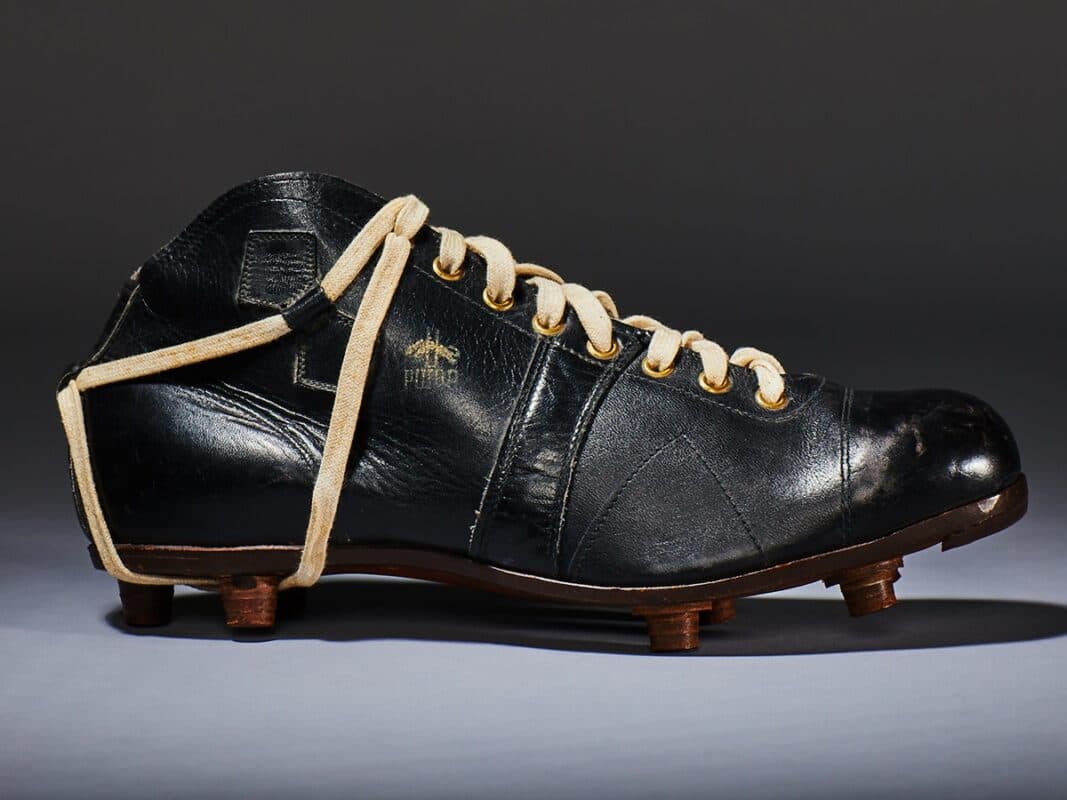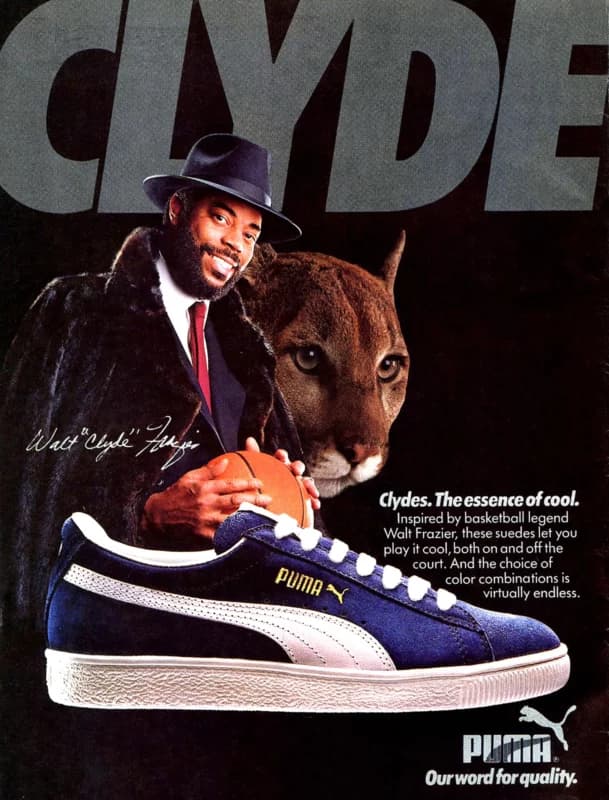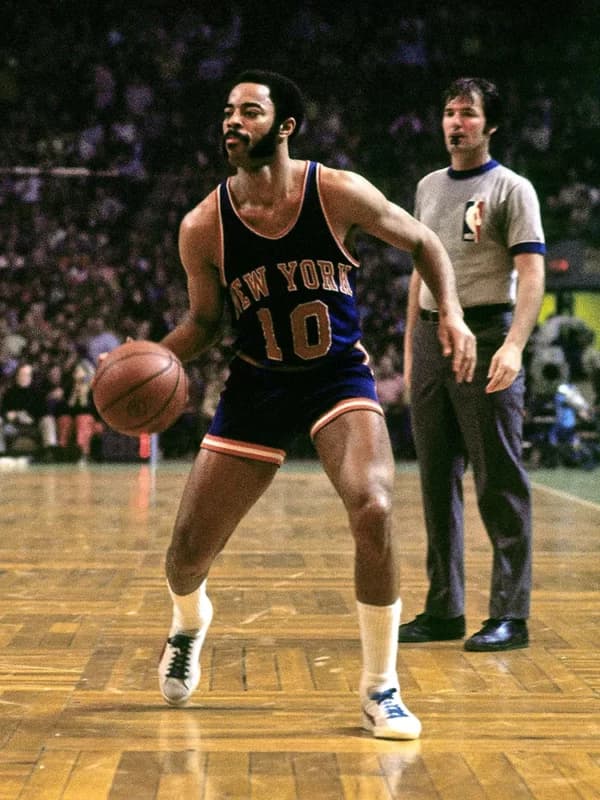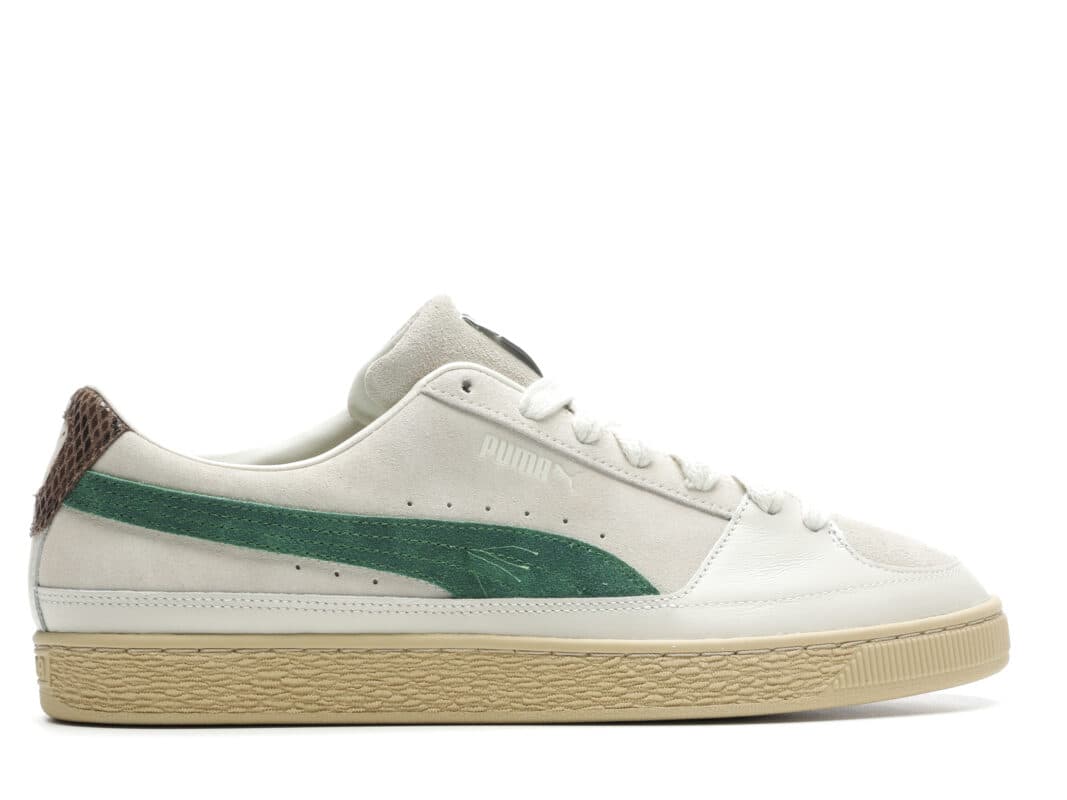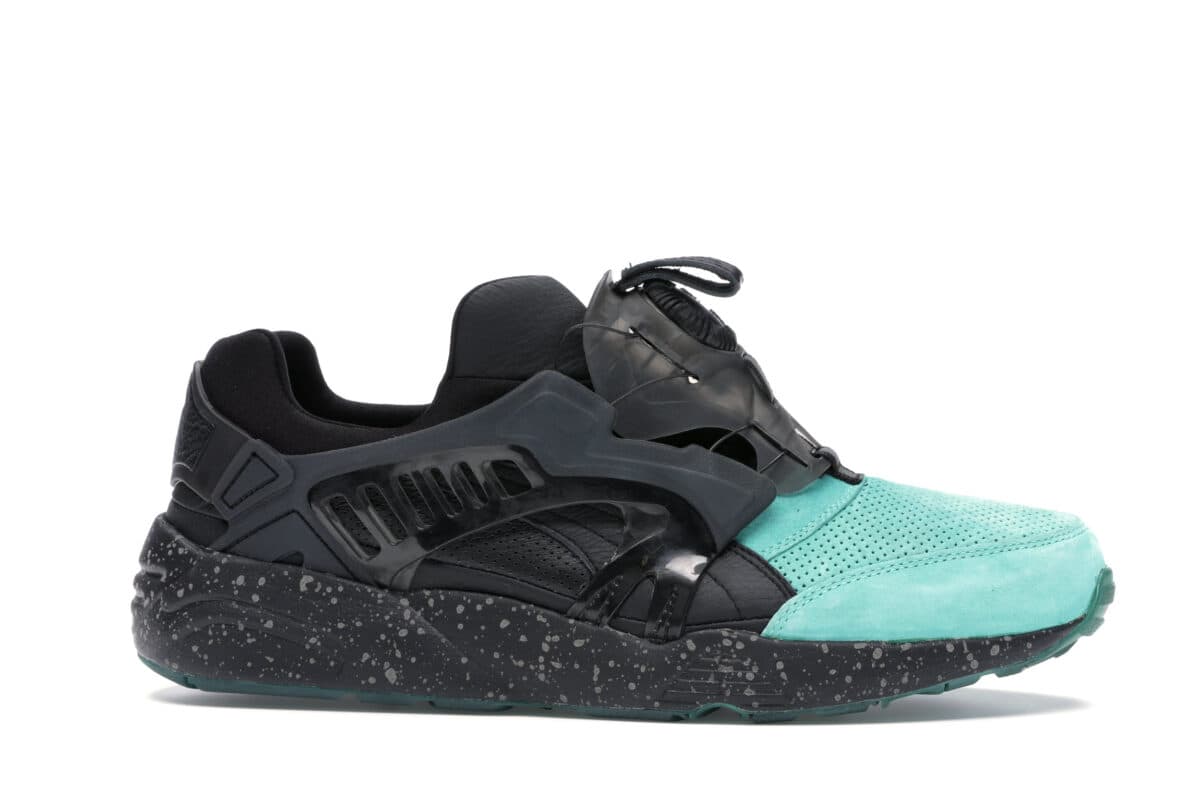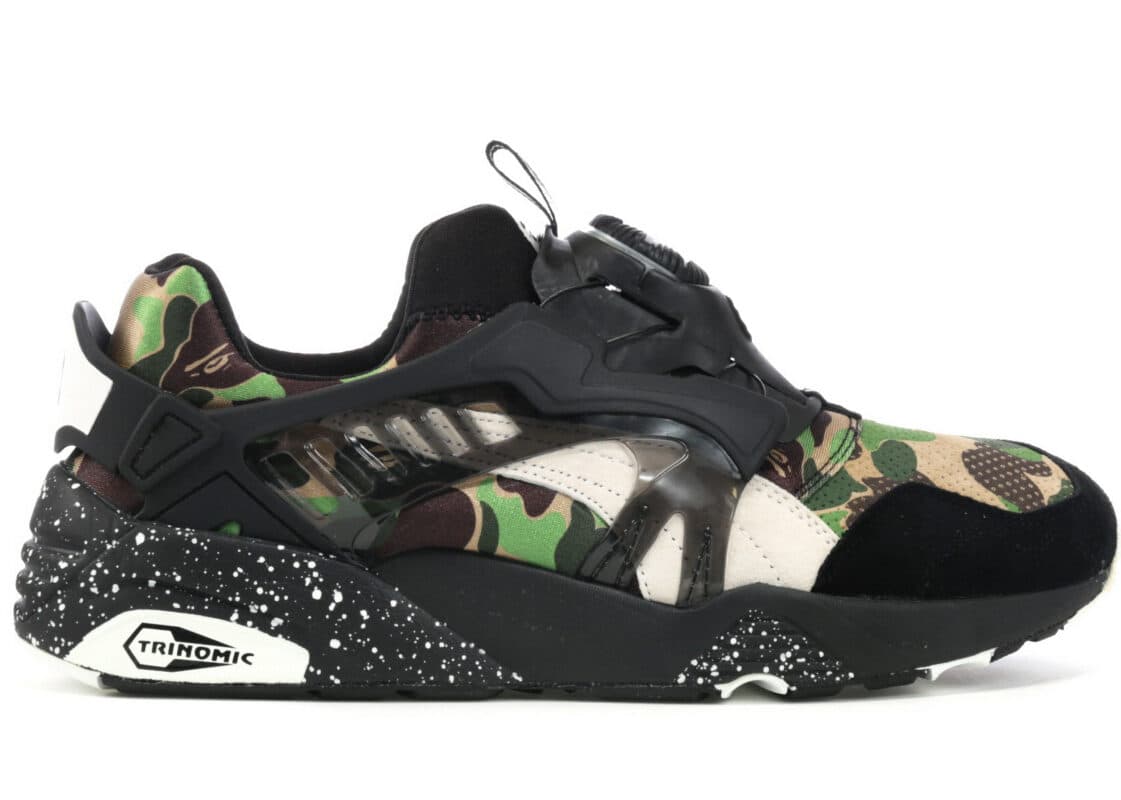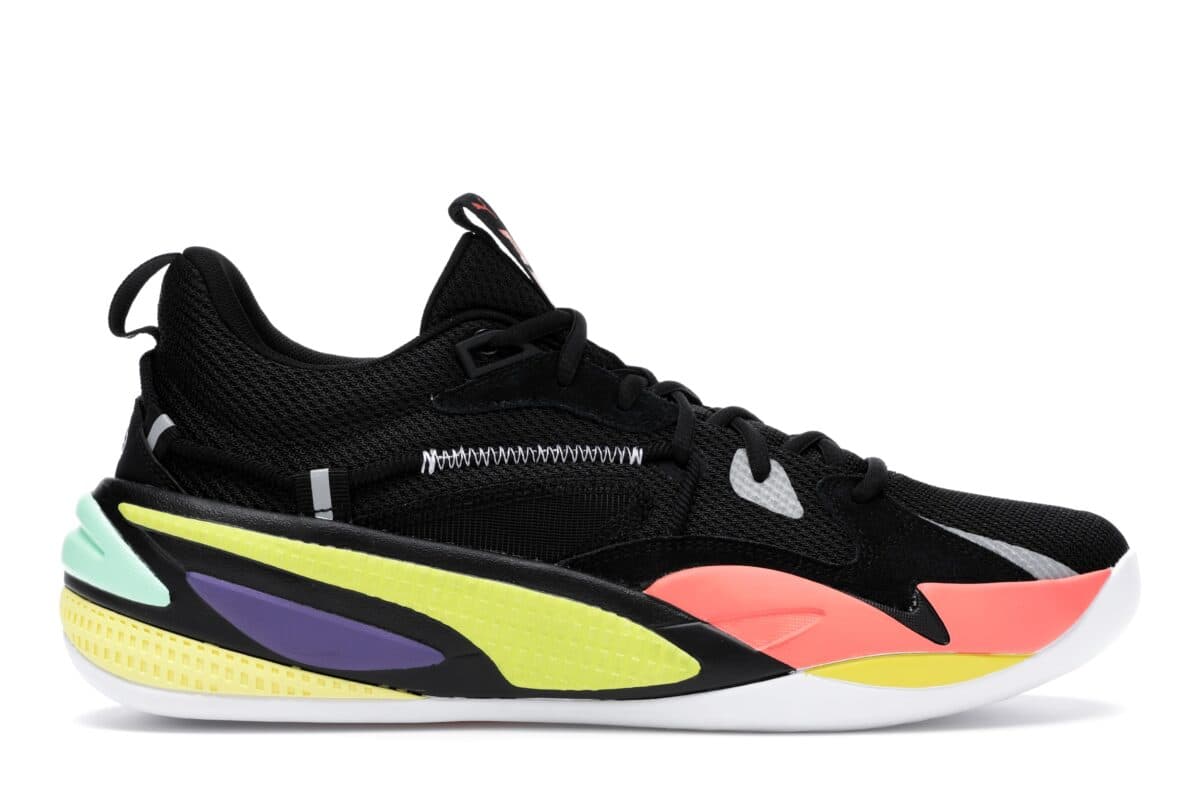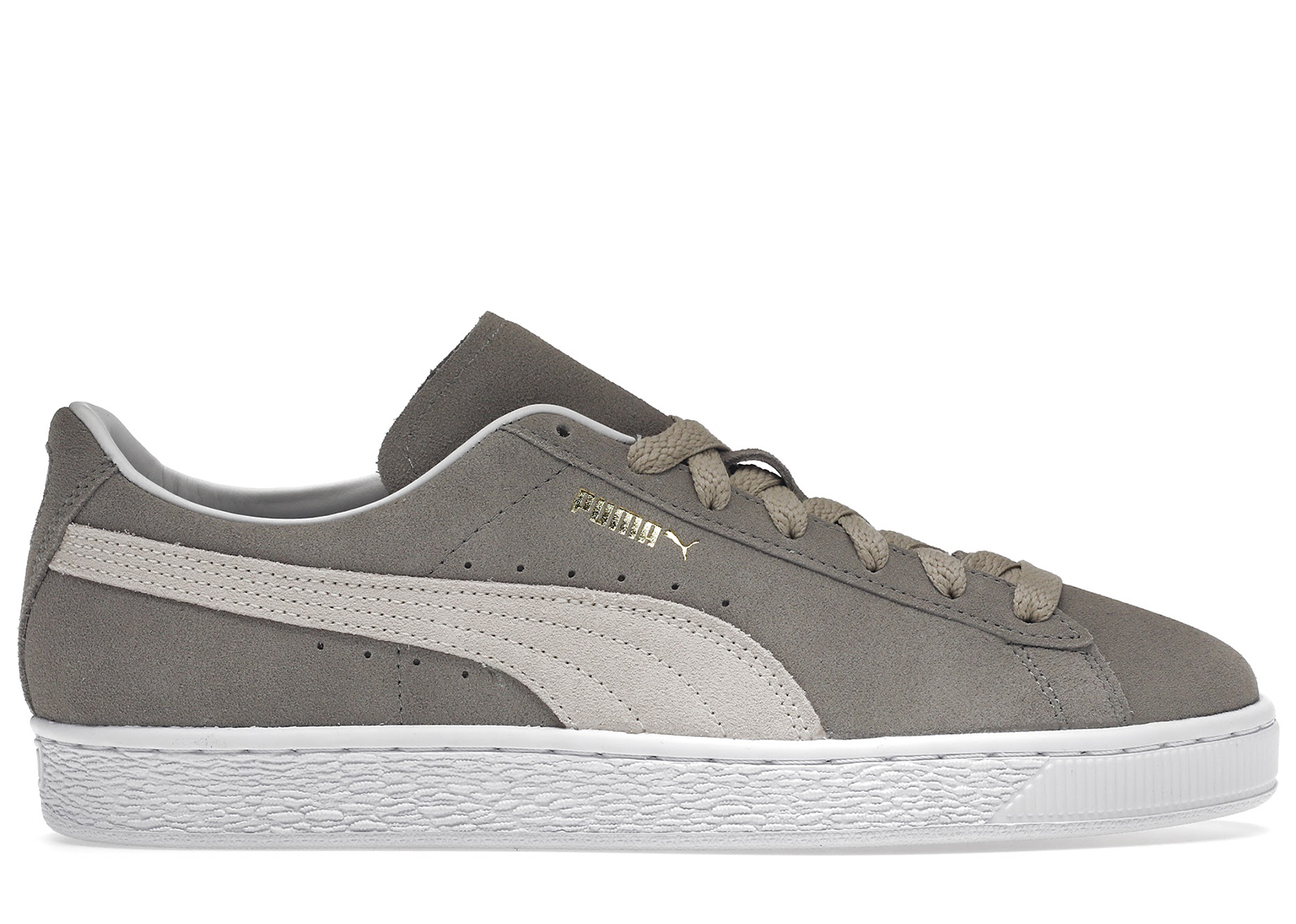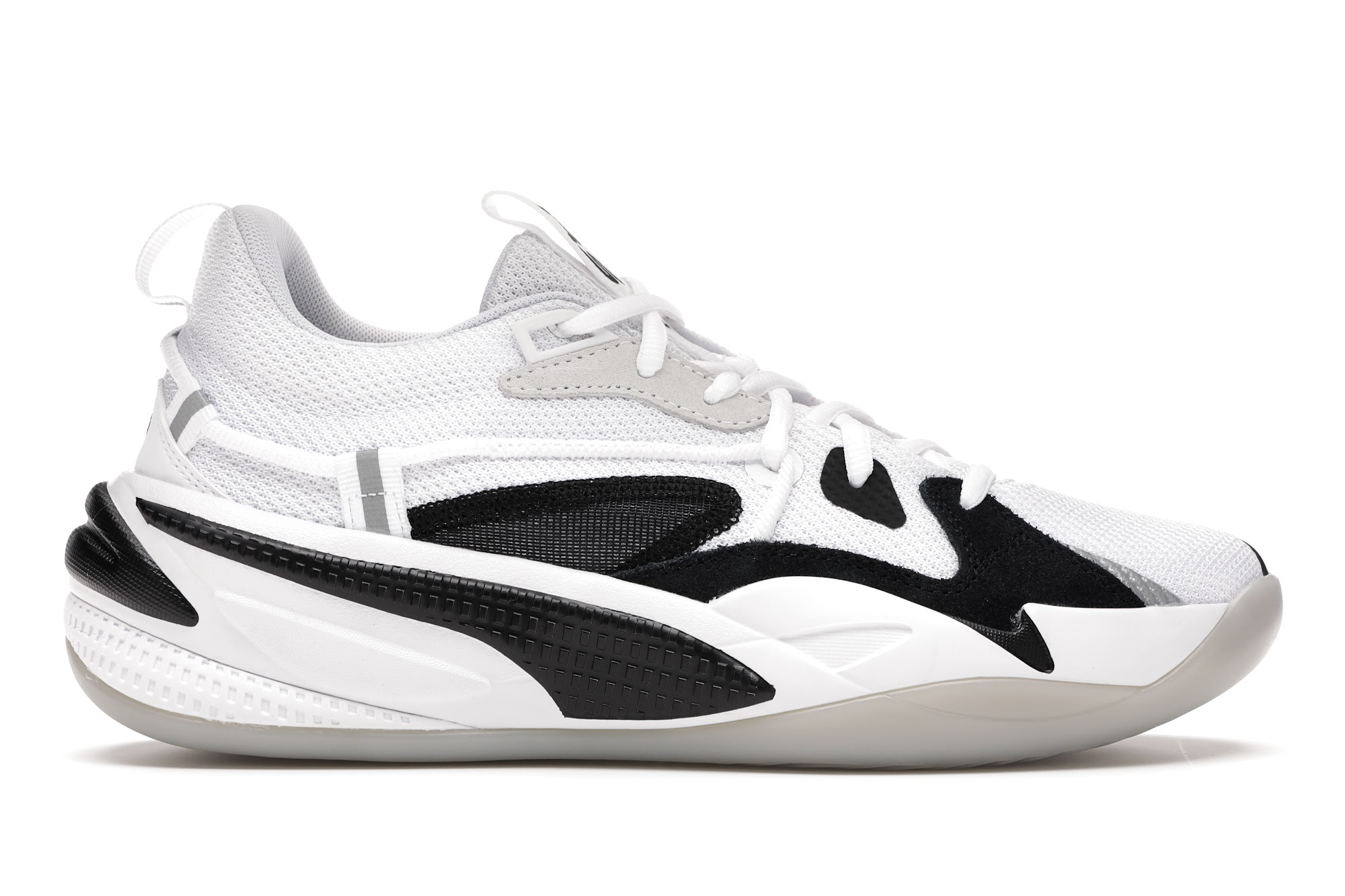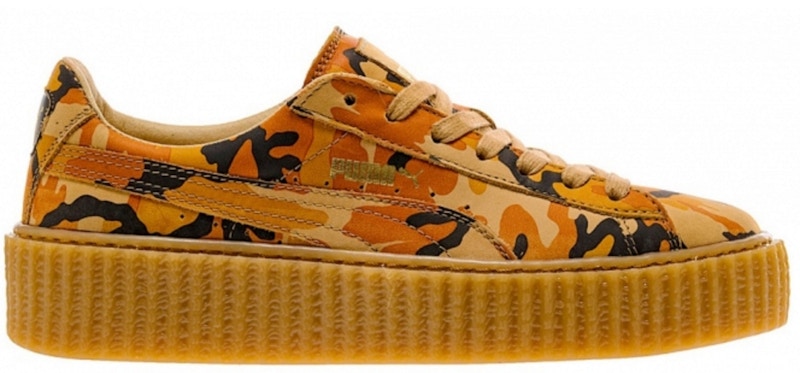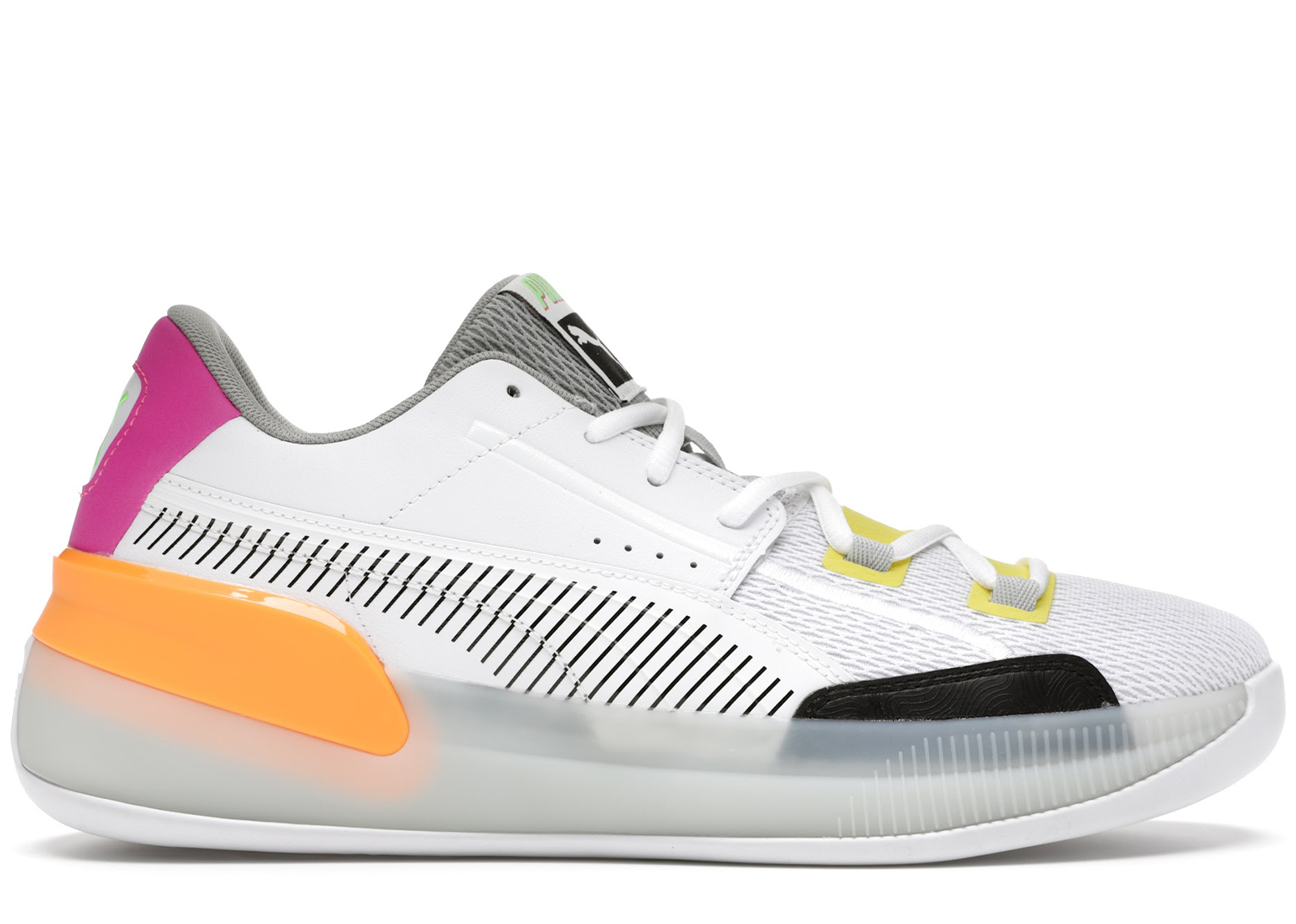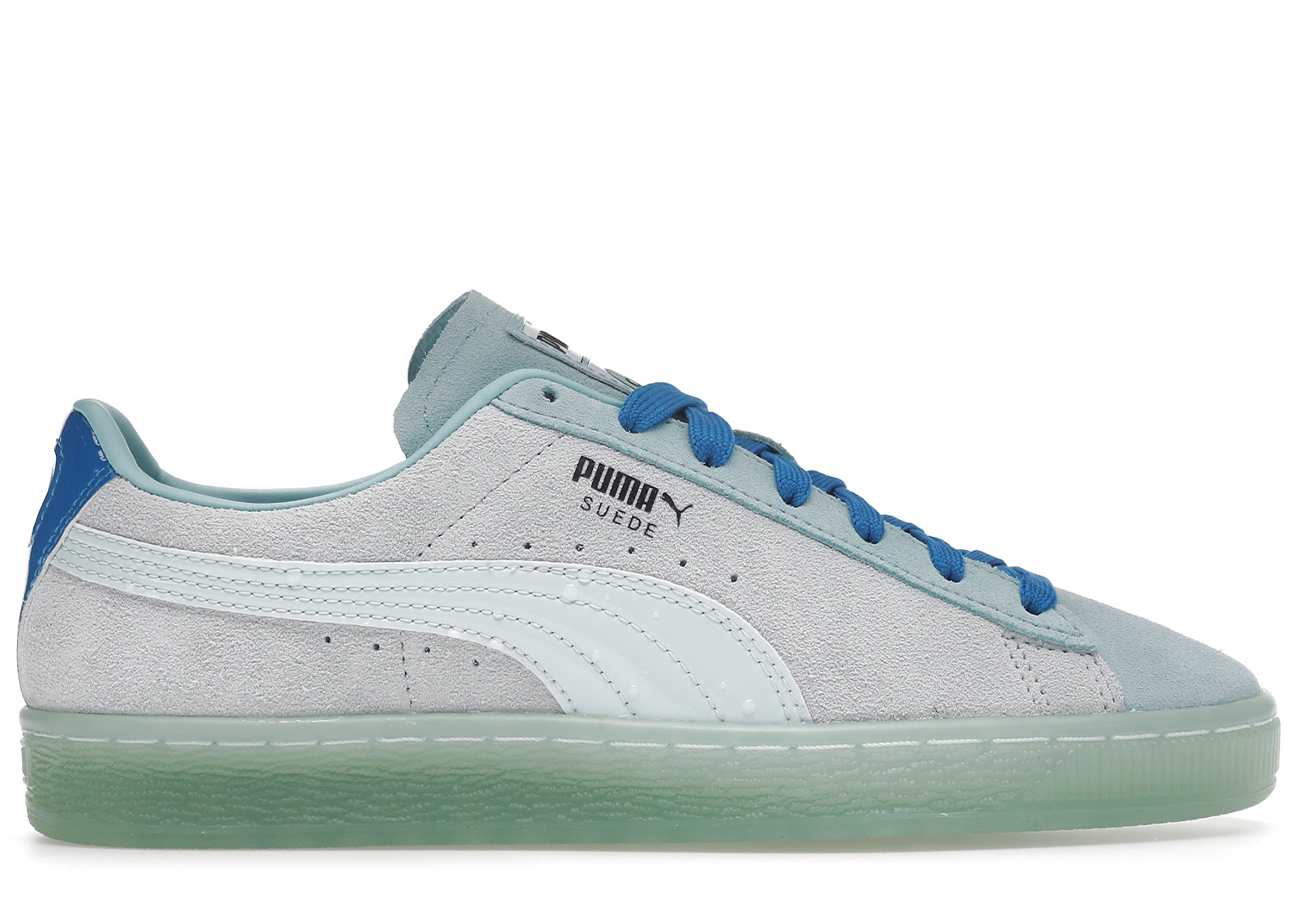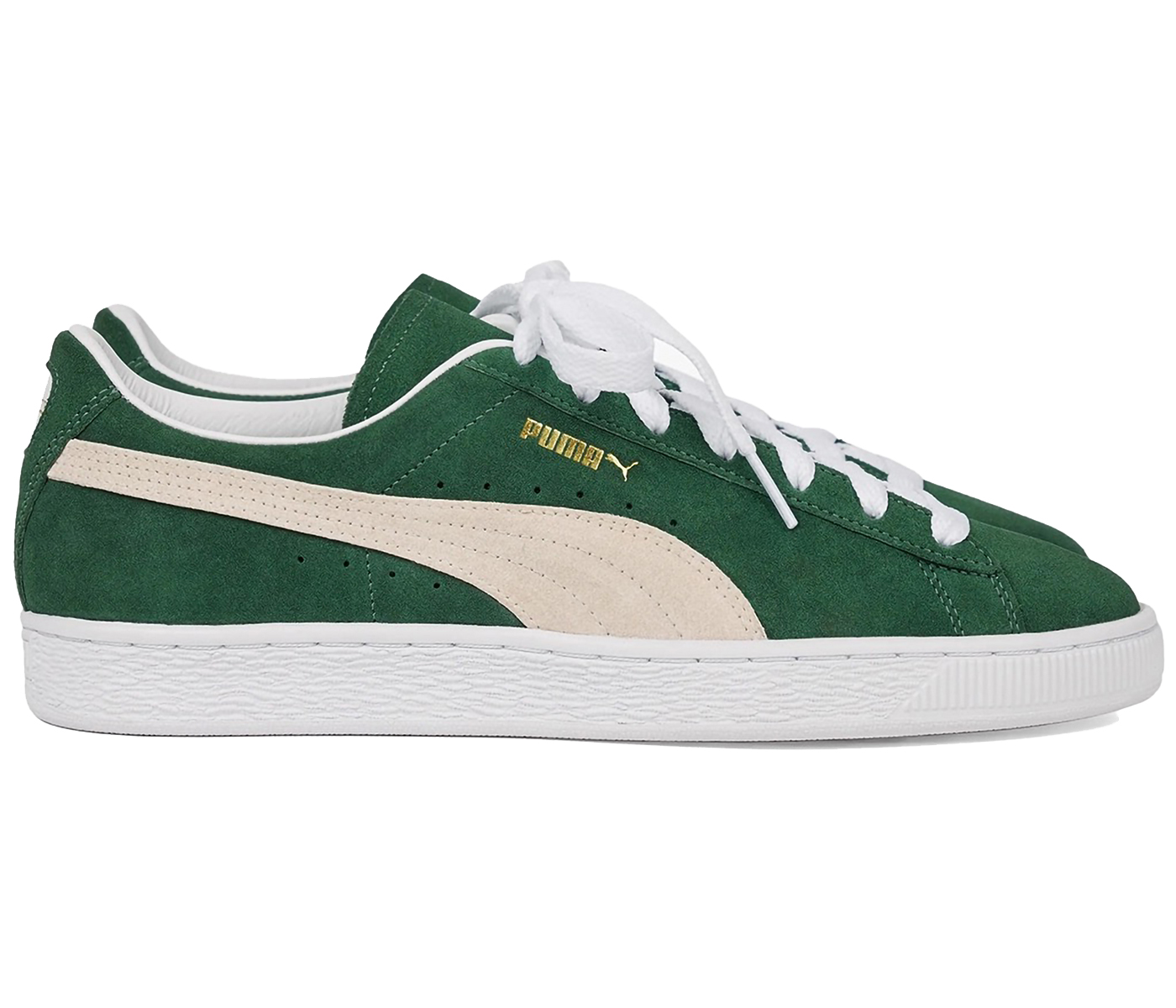Puma sneakers are some of the best, well-made shoes on the market, allowing anyone that owns a pair to really beat them into the ground for years until there’s a genuine need for a new pair. I’ve only owned two pairs so far in my life, a pair of Suedes and a pair of Boris Beckers, and that’s only because I haven’t found the need to replace them just yet. The brand’s history follows a lineage that is almost a century old, which is telling of the brand’s longevity and durable products. Alongside their product’s sturdy construction, Puma has found success in industries like sports and music which, over the course of nearly a century, have made it one of the most dominant brands within footwear.
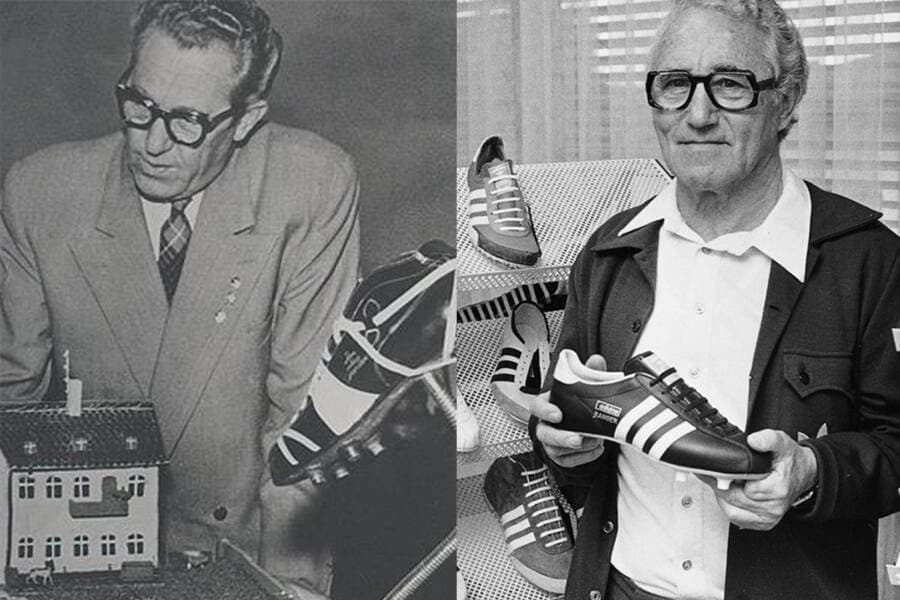
Brothers Rudolf Dassler (on the left) and Adolf “Adi” Dassler (on the right) [source: All That’s Interesting]
Puma’s early start is one of the most unique and interesting stories ever to occur and dates back to 1924 in Germany. That year, brothers Rudolf and Adolf “Adi” Dassler founded Gebrüder Dassler Schuhfabrik, which translates to “Dassler Brothers Shoe Factory”, in their small hometown of Herzogenaurach. The two found great success in producing footwear for athletes, especially around the time of the 1924 Summer Olympics in Amsterdam and 1936 Summer Olympics in Berlin. During the 1936 games, famous track and field star Jesse Owens won four Gold medals while sporting the Dassler Brothers’ shoes, and brought even more attention to the German shoemakers and the small town they occupied. The Dassler Brothers Shoe Factory would come to be considered a beacon of financial prosperity.
Successes and achievements tend to bring teams together, but for the Dassler Brothers, it caused strife and anger. The two brothers argued a lot and often butted heads while working together. It’s not clear what caused such a tumultuous relationship between them, even their grandchildren do not know how the hatred started. But in 1948, it got so bad that the two decided to split from the business and start their own individual companies.
The Dassler Brothers Shoe Factory was divided into two separate operations, with Rudolph Dassler taking one-third of the workforce, remaining in their original factory, and creating Puma The other Dassler brother, Adi, took the remaining two-thirds of the workforce, moved to another factory across the Aurach river, and went on to start the well-known company adidas in 1949. The decision to break off the original DBSF was messy and affected the small town of Herzogenaurach that it originally occupied. With a large amount of economic success coming from the factory and its workforce being divided amongst the brothers, it inevitably split the town between two camps: adidas supporters or Puma supporters, nothing in between.
This caused a rift within the community and neighboring businesses alike, as certain shops and pubs became designated only for specific Puma and adidas employees, creating an odd form of segregation founded on loyalty to each brand. Apparently, there are still Puma and adidas families that are ride-or-dies for their respective brands to this day. In an Insider interview with Michael Dassler, living grandson to the Puma founder, he says that “In our home, the name adidas was never mentioned,” and that “the idea of adidas employees going into a shop that Puma employees frequented had never crossed anyone’s mind before.”
Soccer star Pelé lacing his Puma football shoes at the 1970 World Cup, officially announcing his allegiance to the German brand.
Even though a great deal of drama led to the founding of Puma, the brand still managed to make a lane for itself without the competition as a distraction. Puma is like one of those quiet kids in the class that is really interesting if you just got to know them. The brand has a lot of wins behind it, more than some may be aware of. In the years following its DSBF break up, Puma dominated several sports markets, making inroads in soccer, basketball, and track. In 1952, Puma developed the first soccer cleats with screw-in studs, a design concept that continues to be used to this day by brands like Nike and, ironically, adidas. They also signed one of the world’s top soccer players of all time, Pelé, who helped bring Puma to the international stage when he wore a pair of Puma cleats at the 1970 World Cup.
Moving from grassy pitches to hardwood courts, Puma took their talents to the NBA, where they signed All-Star New York Knicks player Walt “Clyde” Frasier as the first basketball endorsement deal in NBA history and created the now-famous Puma Clyde in 1973. The Puma Clyde was a low-cut basketball sneaker that featured a suede upper, a sticky outsole, and a cushioned insole, each of which were specific details that Clyde Frasier requested for his first signature shoe. The sneaker would remain a staple for Puma beyond Fraiser’s retirement and was eventually renamed the Puma Suede, after its upper material. It later found a new home within B-Boy culture, hip-hop, and break dancing, thanks to its transferable specs that were deemed useful for dancers at the time.
In track and field, Puma found a great deal of admiration within the sport. In 1991, the brand made the Puma Disc running shoe, which featured an innovative fastening system that uses internal wires. This new form of lacing was a first for any running shoe and a similar design concept can be commonly found on other runners today like Salomon’s XT-4 and XT-6. Puma also worked alongside several Olympians like runner Linford Christie in 1992, who won the 100m gold at the Olympics in Barcelona, and Usain Bolt, who would go on to become the world’s fastest man, winning multiple Olympic gold medals.
It seems as though Puma has associated itself exclusively with winners, not only in sports but also in fashion and music. Puma’s current roster of collaborators is stacked, with fashion partners like BAPE, Ronnie Fieg, and Rhuigi, each bringing their own spin to Puma’s catalog of silhouettes. The brand has gone on to work with musical artists as well like Rihanna, J. Cole, and Big Sean. These associations have brought Puma into the forefront of streetwear and fashion, as the brand has worked with top-tier talent that continue to remain fixtures within pop culture.
Despite its unorthodox upbringing, Puma did not let their family feud impede their ability to innovate and create. Today, Puma continues to dive into its sportswear heritage with its most recent signee, NBA basketball star LaMelo Ball. LaMelo’s Puma MB.01 sneaker recently propelled the brand as a major player within the secondary market, as searches for Puma have increased by 6,008% on StockX. And JJJJound, mood board-turned-designer extraordinaire, recently partnered with Puma on a set of Suedes in original colors that pay homage to the sneaker’s heritage. Currently, the sneaker landscape is shifting towards more obtainable silhouettes and brands, as sneakers from Nike and Jordan continue to increase in price. As economic factors globally are effecting the way consumers shop, brands like ASICS, Saucony, and Puma are getting the attention they deserve and are being paired with outfits that are both comfortable and stylish. We should expect to see more people gravitating towards Puma’s expansive catalog, as the sneakers are well constructed and tend to retail at low price point.


